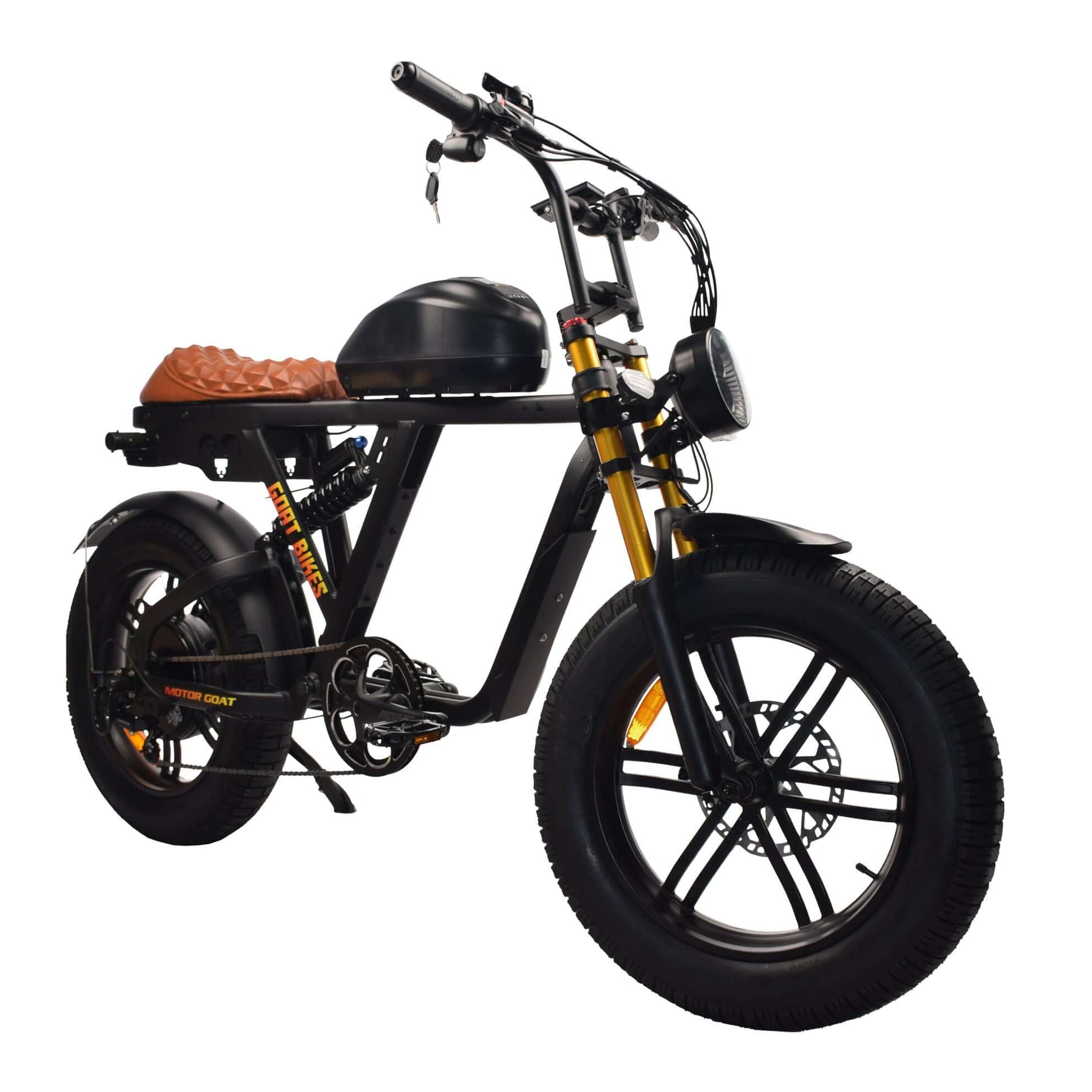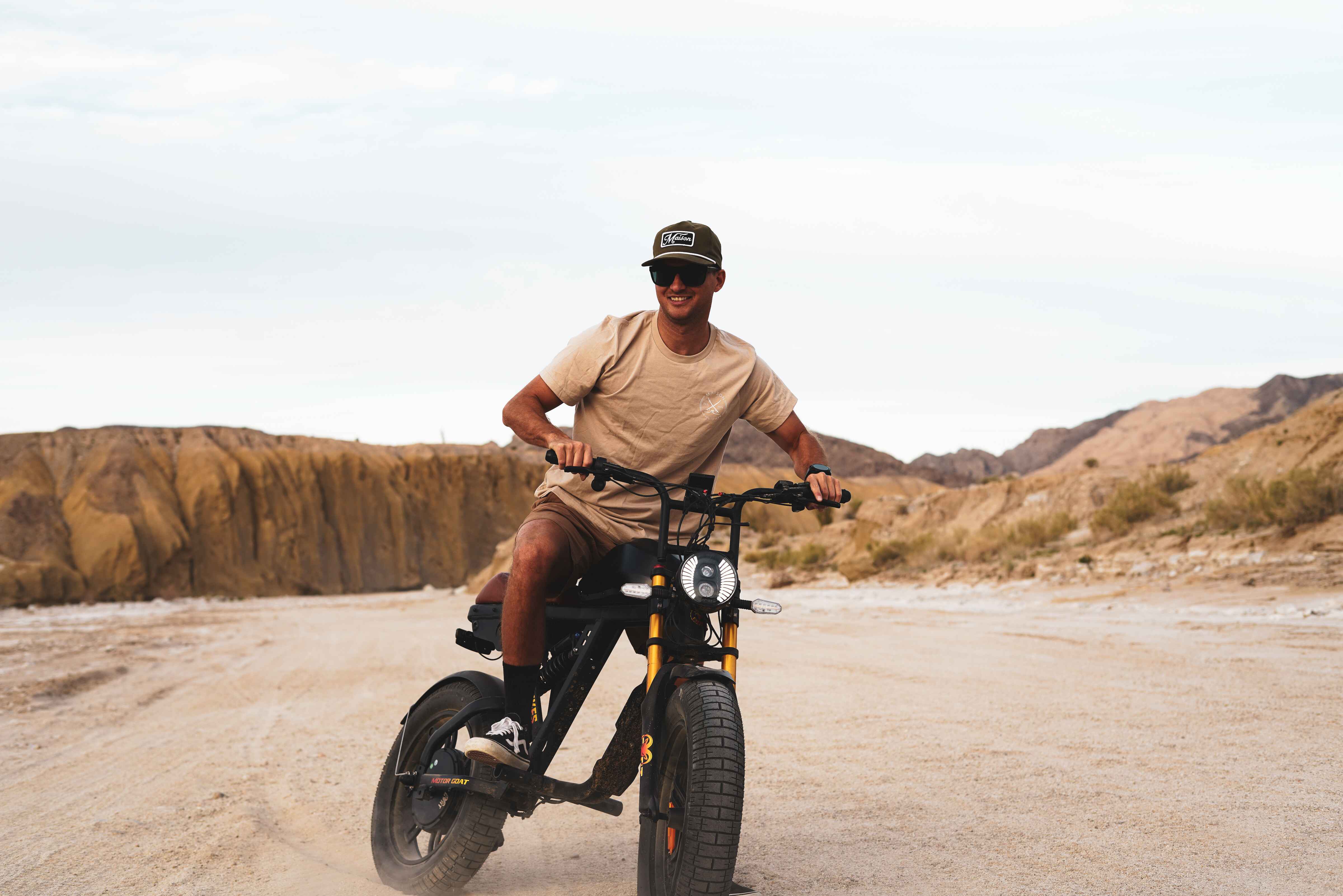Electric scooters have become a staple in urban transportation, offering a convenient, eco-friendly, and affordable way to travel short distances. As adoption grows, so does the need to understand the evolving legal landscape. In 2025, electric scooter laws in the U.S. are more established than ever, but still vary widely from state to state and city to city.
This comprehensive guide breaks down what you need to know about electric scooter laws in the U.S., including where you can ride, helmet and age requirements, speed limits, licensing, and the best scooter to consider if you want to stay compliant while maximizing performance.
Where Can You Legally Ride Electric Scooters?
The legality of riding electric scooters on public roads and sidewalks depends on local laws. Some states treat electric scooters similarly to bicycles, while others classify them as motor vehicles requiring more stringent rules.
Common Rules by Jurisdiction:
-
Bike Lanes and Roads: Most cities allow electric scooters to operate in bike lanes and on roads with speed limits up to 25–35 mph.
-
Sidewalks: Many states and cities prohibit electric scooters on sidewalks due to pedestrian safety concerns. However, some smaller towns or university campuses allow them.
-
Trails and Parks: Local trail systems often have unique restrictions. Some allow low-speed scooters, others ban them entirely.
✨ Pro Tip: Check with your local Department of Transportation or city website for updated maps and approved routes.
Do You Need a Helmet?
Helmet laws vary significantly:
-
Under 18: Most states require riders under 18 to wear a helmet.
-
Over 18: Some states, like California, require all riders of electric scooters to wear helmets regardless of age. Others leave it to rider discretion.
Even when not legally required, wearing a helmet is a critical safety precaution. Studies consistently show helmets significantly reduce the risk of head injuries in electric scooter accidents.
Speed Limits for Electric Scooters
Electric scooter speed is typically regulated based on location:
-
Urban Areas: Commonly capped at 15 mph
-
Designated Lanes or Vehicle Roads: Limits can increase to 20–25 mph
-
Private Property: Speed limits may be higher or unregulated
Exceeding the legal speed limit can result in citations, fines, or even impoundment of your scooter. It can also increase the risk of injury.
⚠ Reminder: Always verify speed restrictions when riding in unfamiliar areas, especially tourist zones, college campuses, and business districts.
Licensing, Registration, and Insurance Requirements
In most U.S. states, electric scooters under a specific wattage and top speed do not require a driver’s license, registration, or insurance. However, some exceptions exist:
-
Alabama: Requires a license and registration for scooters over a certain power threshold
-
Hawaii: Requires registration, though not a license
-
North Dakota & West Virginia: May require a moped license for certain types
✉ Helpful Resource: DMV.org offers state-by-state breakdowns of motorized vehicle laws.
Age Restrictions
Most states set a minimum age of 16 for electric scooter operation on public roads. Some areas allow riders aged 14 and up but may impose additional rules, such as:
-
Parental consent
-
Helmet use
-
Riding only in designated areas
Be sure to verify age restrictions before purchasing a scooter for a teen.
Safety Equipment Requirements
To be street legal, electric scooters must often meet basic safety standards. Common equipment requirements include:
-
Headlights and Taillights: Required for riding at night
-
Reflectors: For visibility
-
Bell or Horn: To alert pedestrians and other vehicles
-
Brake System: Must be capable of bringing the scooter to a complete stop quickly and safely
Most high-quality scooters, like the HULK 3KW, come equipped with this equipment out of the box.
Where Electric Scooters Are Prohibited
Even with the right gear and legal classification, there are places electric scooters are typically banned:
-
Sidewalks in dense city centers
-
Pedestrian-only zones
-
Highways and high-speed roads
-
Shopping malls, indoor venues, and certain parks
Check posted signage and online maps before heading out.
Insurance: Optional but Recommended
While not required in most states, personal liability insurance for your electric scooter is a good idea, especially for high-performance models. It can protect you financially in case of:
-
Collisions with pedestrians or vehicles
-
Property damage
-
Injury lawsuits
Some providers now offer plans specifically for electric bikes and scooters.
The Best Scooter for Legal, High-Performance Riding: The HULK 3KW
If you're searching for a scooter that checks all the boxes - powerful, safe, stylish, and street-legal - look no further than the HULK 5KW Electric Scooter.
Top Features:
-
3,000W Motor: Delivers powerful acceleration without sacrificing control
-
60V 30Ah Battery: Offers long-distance travel between charges
-
Safety Equipment: Includes headlights, brake lights, turn signals, disc brakes, and horn
-
Comfort-Focused Design: Extra-wide seat, large tires, and suspension for a smooth ride
-
Compliant Build: Meets most state legal requirements for electric scooter classification
Perfect for:
-
Urban commuters
-
College students
-
Riders on city-approved bike lanes
-
Anyone looking for a powerful scooter that balances performance with legal compliance
Closing Thoughts: Know Before You Ride
Electric scooters are here to stay, offering an affordable, efficient, and environmentally friendly alternative to gas-powered transport. But as laws continue to evolve, staying informed is key.
Quick Checklist Before You Ride:
-
✅ Check local and state regulations
-
✅ Wear a helmet (especially if under 18)
-
✅ Stay within speed limits
-
✅ Follow all traffic rules
-
✅ Equip your scooter with lights, horn, and reflectors
With the right knowledge and the right scooter, you can enjoy all the benefits of electric mobility - without the legal headaches.
→ Shop the HULK 5KW Electric Scooter Now








